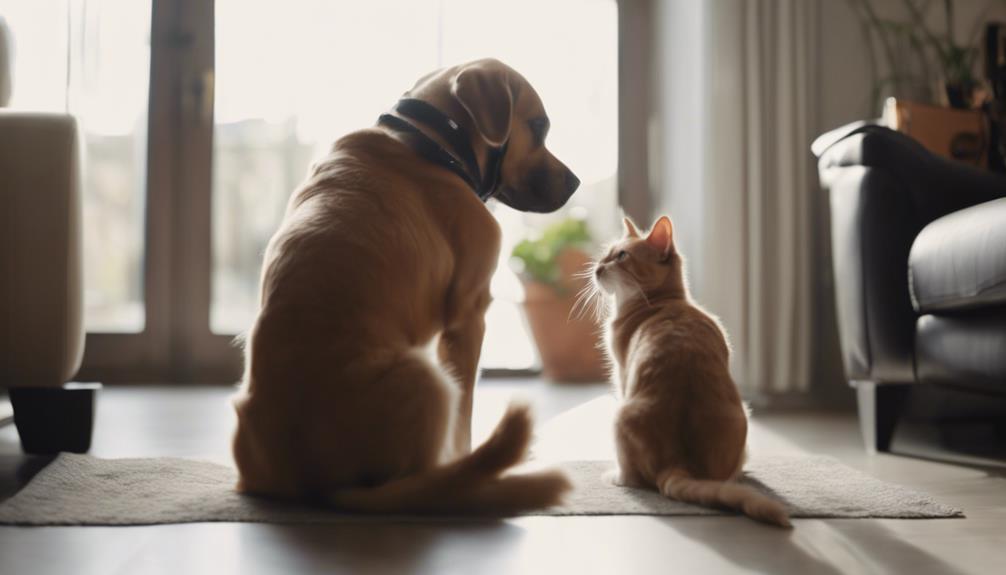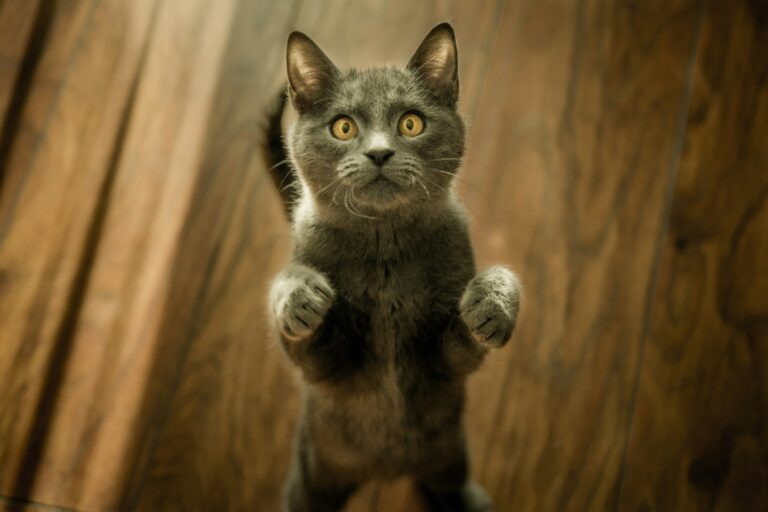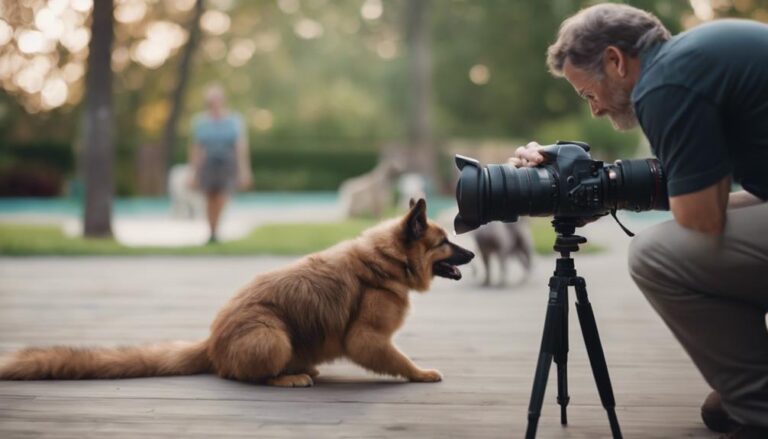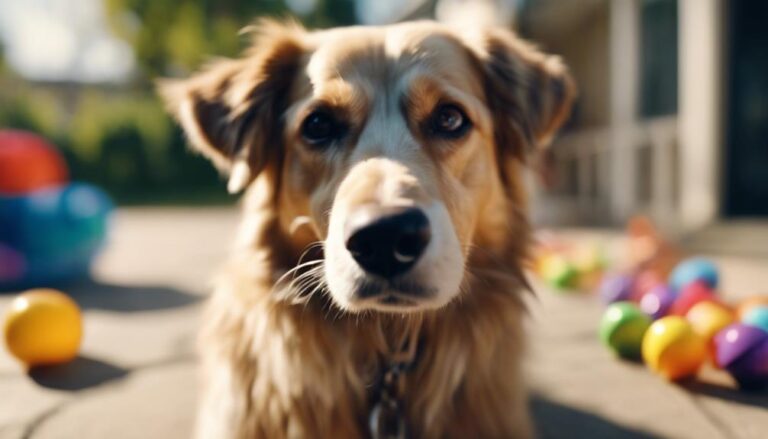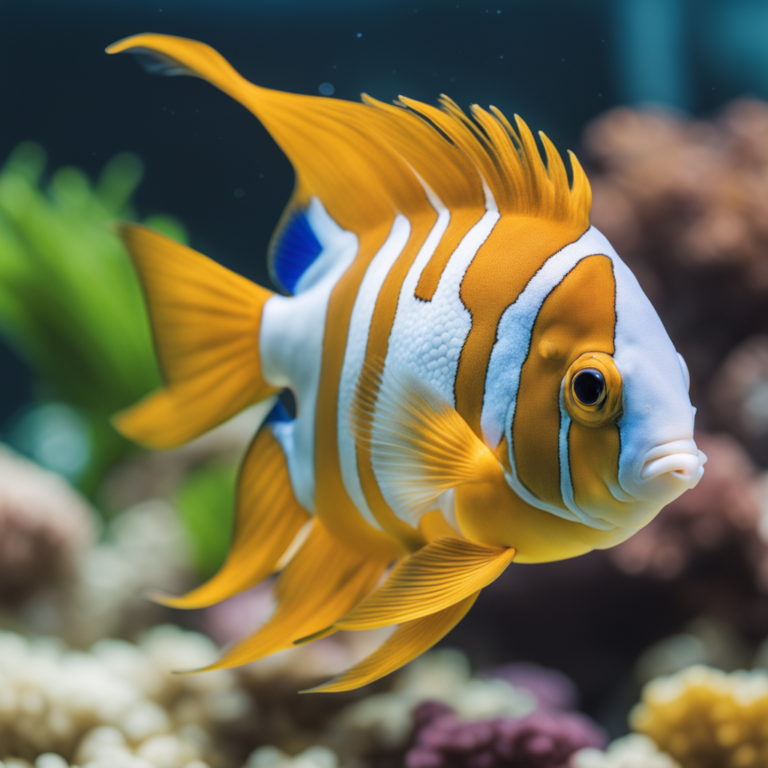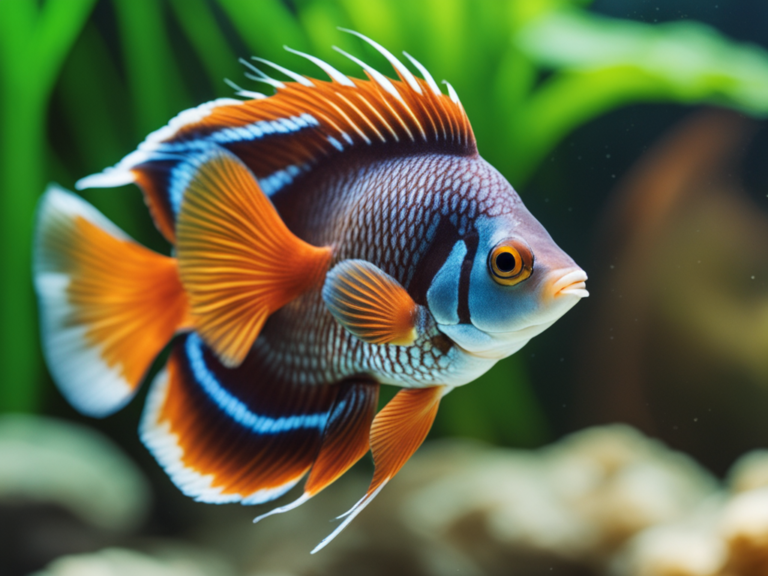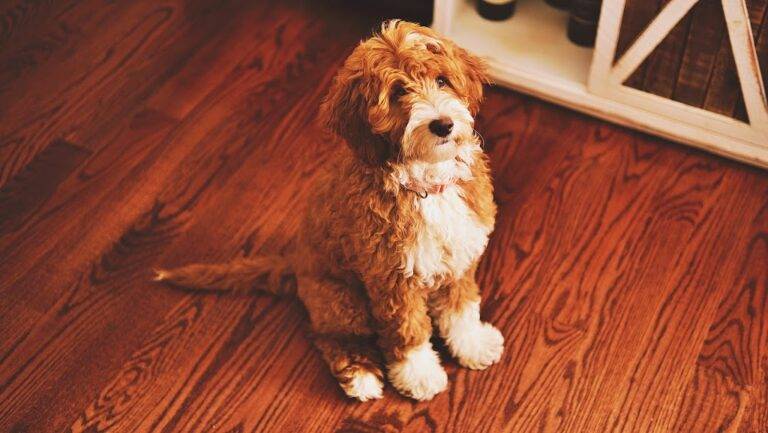Enhance your pet photography skills with specialized courses designed for DSLR enthusiasts. Master technical aspects, composition techniques, lighting fundamentals, editing tools, and business aspects to elevate your pet photography game. These classes will provide you with valuable insights and strategies to capture stunning moments with your furry companions like a pro. Discover how to incorporate natural light, use creative angles, and understand the latest pet photography trends to create unique and heartwarming photos. Get ready to take your pet photography to the next level with these all-encompassing courses.
Benefits of Pet Photography Courses
Enhance your photography skills and capture stunning moments with your furry companions by enrolling in pet photography courses. These courses not only help you understand the latest pet photography trends but also teach you how to make the most of your pet photography equipment.
Pet photography trends are constantly evolving, and staying updated is important to creating captivating images. By enrolling in pet photography courses, you can learn about the latest trends in the industry, such as incorporating natural light for a soft and warm feel to your photos or using creative angles to capture your pet's unique personality. These courses provide valuable insights into what works best in pet photography, helping you refine your skills and develop your own style.
Moreover, understanding your pet photography equipment is essential for capturing high-quality images. Pet photography courses cover topics like choosing the right camera settings, selecting the best lenses for different shots, and utilizing accessories like tripods or external flashes to enhance your photos. By mastering your equipment, you can take your pet photography to the next level and create professional-looking images that truly stand out.
Choosing the Right DSLR Camera
To capture the best moments with your furry companions, start by selecting a DSLR camera that suits your pet photography needs. When choosing a DSLR camera, consider features like resolution, ISO range, autofocus capabilities, and burst mode for capturing fast movements. Compare different models to find one that fits your budget and offers the specifications you require for pet photography.
Lens selection is essential in pet photography to achieve the desired effects. A versatile lens like a 50mm prime lens or a zoom lens with a wide aperture can help you capture sharp images with beautiful bokeh. Consider investing in additional accessories like a pet-friendly camera strap for comfort during long shoots, extra batteries to make sure you don't miss any moments, and a sturdy camera bag for protection while on the go.
Before making a purchase, visit a camera store to test out various DSLR cameras and lenses to see how they feel in your hands and how intuitive the controls are for your shooting style. Reading reviews and seeking recommendations from fellow pet photographers can also provide valuable insights into which DSLR camera would be the best fit for your pet photography adventures.
Understanding Pet Behavior for Photography
When capturing pet photos with your DSLR, understanding their behavior is key. Learn to interpret their body language and expressions to capture the perfect shot. These insights will help you create compelling and engaging pet portraits.
Body Language Tips
Capture the essence of your pet's emotions through observing their subtle body language cues during photography sessions. Understanding canine communication and feline expressions can help you anticipate their movements and capture authentic moments. Dogs often use their tail wagging speed and posture to convey feelings of excitement, fear, or relaxation. Pay attention to their ears, eyes, and overall body tension to interpret their mood accurately. Cats, on the other hand, communicate through their eyes, whiskers, and tail position. A relaxed cat may have half-closed eyes and an upright tail, while a tense cat may flatten its ears and flick its tail erratically. By recognizing these subtle cues, you can create more engaging and emotive pet photography.
Expressions to Capture
Discover the key expressions that reveal your pet's emotions and behavior to capture compelling photographs. Pay attention to your pet's eyes, ears, and mouth. A relaxed pet often has soft eyes and a slightly open mouth, indicating comfort. On the other hand, wide eyes and flattened ears could signal fear or anxiety. To capture genuine emotion, observe your pet in their natural environment and during regular activities. Playful expressions like a wagging tail or a wide, panting smile can showcase joy and excitement. Experiment with different angles and lighting to highlight these pet expressions effectively. Remember, patience is key when trying to capture the perfect moment that truly reflects your pet's emotions.
Fundamentals of Composition and Lighting
When capturing stunning pet photos, mastering lighting techniques and understanding the rule of thirds is essential for creating visually appealing compositions. By utilizing various lighting setups and positions, you can enhance the mood and focus in your pet portraits. Remembering the rule of thirds will help you frame your shots effectively, guiding the viewer's eye to the most important elements in the image.
Lighting Techniques Overview
Understanding the interplay of light and shadow is essential for creating striking pet photography compositions with your DSLR camera. When it comes to lighting techniques, both natural lighting and artificial lighting play vital roles. Natural lighting, such as sunlight filtering through a window, can create soft, flattering tones for your pet portraits. On the other hand, artificial lighting, like studio lights or off-camera flashes, allows for more control over the intensity and direction of light, enabling you to highlight specific features of your furry subjects. Experimenting with different lighting setups and angles can add depth and dimension to your pet photos, making them more visually appealing and enchanting. Pay attention to how light interacts with your pets to capture their unique personalities in the best possible way.
Rule of Thirds Concept
To enhance the visual appeal of your pet photographs, consider applying the Rule of Thirds concept to your compositions. When using composition techniques, keep in mind how pet behavior can influence your shots. The Rule of Thirds is a fundamental principle that divides your frame into a 3×3 grid, where key elements should align with the gridlines or their intersections. Placing your pet off-center using this technique can create a more dynamic and visually interesting image. For instance, if your pet is looking to the left, position them on the right side of the frame to create balance and intrigue. By combining the Rule of Thirds with proper lighting techniques, you can capture compelling and well-balanced pet photos that draw in the viewer.
Editing Techniques for Pet Photos
Improve your pet photos with professional editing techniques. When it comes to editing pet photos, two key aspects to focus on are color adjustment and retouching methods.
Color adjustment plays a crucial role in bringing out the best in your pet photos. Adjusting the colors can help enhance the overall mood of the image. Whether you want to make the fur of your pet appear more vibrant or make sure that the background colors complement your furry friend, color adjustment can make a significant difference. Using editing software, you can fine-tune the colors to achieve the desired look.
Retouching methods are essential for perfecting your pet photos. This involves removing any imperfections, stray fur, or distractions that may detract from the main subject – your pet. By carefully retouching your images, you can ensure that your pet is the focal point of the photograph. Additionally, you can use retouching methods to enhance the details of your pet's features, making them stand out even more.
Outdoor Pet Photography Tips
When capturing outdoor pet photos, make sure to think about the natural lighting for best results. Natural settings provide a lovely backdrop for your pet's photoshoot, enhancing the overall aesthetic. Look for spots with soft, diffused light to prevent harsh shadows on your pet's face. Early morning or late afternoon light tends to be the most flattering for outdoor photography, so plan your shoot around these times for best results.
To capture candid moments of your pet in action, be prepared to take quick shots. Action shots are great for showcasing your pet's playful side and energetic personality. Keep your camera settings ready for fast movement to avoid blurry images. Get down to your pet's level to capture their world from their perspective, creating more engaging and dynamic photographs.
When photographing playful pets outdoors, consider using treats or toys to grab their attention. These props can help direct your pet's focus and add a element of fun to the photoshoot. Encourage natural interactions between you and your pet to capture genuine expressions and moments of joy. Remember to be patient and allow your pet to feel comfortable in the outdoor environment before expecting them to pose or perform specific actions. By following these outdoor pet photography tips, you can create stunning images that highlight the beauty and spirit of your furry companion.
Indoor Pet Photography Essentials
For capturing alluring indoor pet photos, consider utilizing controlled lighting and choosing the right backgrounds to bring out the best in your furry friend. When it comes to indoor pet photography, mastering natural lighting techniques is essential. Position your pet near windows or doorways where soft, natural light can illuminate their features without harsh shadows. Avoid using direct flash, as it can cause unflattering reflections in your pet's eyes.
In indoor settings, pet portrait composition plays a crucial role in creating engaging images. Experiment with different angles and perspectives to showcase your pet's unique personality. Try getting down to their eye level for a more intimate feel to the photographs. Consider using props sparingly to enhance the composition without overshadowing your pet.
Select backgrounds that complement your pet's fur color and overall appearance. Solid-colored walls or simple textured backdrops can help your pet stand out as the main focus of the photo. Keep the background clutter-free to prevent distractions and maintain a clean, professional look in your indoor pet portraits.
Poses and Props for Pet Portraits
When capturing pet portraits, consider popular pet poses that showcase their personality. Get creative with prop ideas to add a unique touch to your photographs. Experiment with different lighting techniques to enhance the mood of your pet portraits.
Popular Pet Poses
To capture stunning pet portraits, consider incorporating popular pet poses and using appropriate props during your pet photography sessions. Playful interactions between pets and their owners can create heartwarming moments. Pet fashion can also add a fun and stylish element to your photoshoots. Encourage candid moments by letting pets explore their surroundings naturally. Stylish accessories like bow ties, bandanas, or hats can enhance the overall look of the pet portraits. When photographing pets, focus on capturing their unique personalities and expressions. Experiment with different angles and perspectives to bring out the best in each pet. Remember, the key is to make the experience enjoyable for both the pets and their owners.
Creative Prop Ideas
Considering the playful interactions and stylish elements discussed in popular pet poses, now explore creative prop ideas to elevate your pet photography sessions. When it comes to prop styling and theme inspiration for pet portraits, here are some ideas to enhance your photos:
- Seasonal Props: Incorporate props like pumpkins for fall or beach balls for summer-themed shoots.
- Vintage Accessories: Use antique frames, old suitcases, or vintage hats to add a unique touch to your pet portraits.
- Nature-inspired Props: Include flowers, branches, or baskets to create a natural and organic feel in your photos.
- Personalized Items: Utilize items that reflect your pet's personality, such as their favorite toys or accessories, to make the photos more special and meaningful.
Lighting Techniques
Enhance your pet portraits by mastering various lighting techniques that complement different poses and props. When capturing your furry friend, consider the impact of natural vs. artificial lighting. Natural light can create a soft and warm ambiance, perfect for outdoor shots. On the other hand, artificial lighting allows for more control over brightness and color temperature, ideal for indoor settings or night photography. Experiment with shadow play to add depth and drama to your pet portraits. Shadows can highlight textures and create interesting patterns, adding a creative touch to your images. By understanding how to play with light and shadows, you can elevate your pet photography skills and capture stunning portraits that truly stand out.
Marketing Your Pet Photography Business
When marketing your pet photography business, focus on showcasing your unique style and creating a strong brand identity to attract potential clients. Establishing a clear brand image will help you stand out in a competitive market and resonate with your target audience. Here are some key strategies to effectively market your pet photography business:
- Utilize Social Media: Engage with your audience through platforms like Instagram and Facebook. Share your work regularly, interact with followers, and use relevant hashtags to increase visibility.
- Implement Client Outreach: Build relationships with potential clients by offering promotions, responding promptly to inquiries, and providing excellent customer service. Word of mouth can be a powerful marketing tool in the pet photography industry.
- Create Appealing Pricing Packages: Develop pricing packages that are attractive to your target market while also allowing you to sustain your business. Clearly outline what clients can expect in each package to help them make informed decisions.
- Employ Branding Techniques: Develop a cohesive brand identity that reflects your style and values. This includes designing a logo, choosing a color scheme, and maintaining consistency across all marketing materials.
Building a Pet Photography Portfolio
To showcase your pet photography business effectively, it is essential to build a diverse and engaging portfolio that highlights your skills and unique approach. When it comes to styling pets for your portfolio, focus on capturing their personalities and creating visually appealing compositions. Experiment with different accessories, props, and settings to bring out the best in each pet you photograph.
Location scouting plays an important role in building a compelling pet photography portfolio. Look for diverse locations that can add depth and interest to your images. Whether it's a lush park, a sandy beach, or an urban alleyway, choose backdrops that complement the pets you are photographing. Keep in mind that the location should not only enhance the aesthetic of the photos but also provide a comfortable and safe environment for the pets.
When building your portfolio, aim for a good mix of close-up shots, action shots, and portraits that showcase the range of your skills. Include a variety of pets, breeds, and personalities to demonstrate your versatility as a pet photographer. Remember, your portfolio is a reflection of your style and capabilities, so make sure each image aligns with the brand you want to portray.
Networking and Collaborating in the Pet Photography Industry
Networking and collaborating in the pet photography industry can lead to valuable opportunities for growth and exposure. By connecting with other professionals and engaging with the community, you can expand your reach and enhance your skills. Here are some key points to ponder:
- Collaboration Opportunities: Partnering with other pet photographers or pet-related businesses can open doors to new projects, clients, and creative ideas.
- Industry Events: Attending pet photography workshops, conferences, and trade shows provides a platform to network with industry leaders and stay updated on the latest trends.
- Networking Strategies: Actively participate in online forums, social media groups, and local meetups to build relationships and exchange insights with fellow pet photographers.
- Community Involvement: Volunteering your photography services for animal shelters, rescue organizations, or pet events not only gives back to the community but also showcases your work to a broader audience.
Frequently Asked Questions
Can I Bring My Own Pet to Practice Photography During the Course?
Yes, you can bring your own pet to practice photography during the course. You'll have access to pet-friendly locations for practice sessions, allowing you to work on capturing the best shots using your pet as a model.
Are There Any Specific Requirements for the Type of Pets That Can Be Photographed in the Course?
When choosing pets for photography, you can select any furry or scaly friends. Make sure they are comfortable with the photography equipment. The course encourages capturing all types of pets to improve your skills.
How Can I Overcome Challenges When Photographing Pets With Special Needs or Behavioral Issues?
When photographing pets with special needs or behavioral issues, training techniques can help. Patience and practice are key. Use positive reinforcement, familiarize them with the camera, and establish trust. Take breaks and be understanding. Your persistence will pay off.
Are There Any Opportunities for Hands-On Experience or Field Trips During the Course?
To enhance your learning, hands-on experience and field trips are included in the course. These opportunities allow you to practice your skills in real-life settings and gain valuable insights that will benefit your photography journey.
How Can I Continue to Improve My Pet Photography Skills After Completing the Course?
After completing the course, you can enhance your pet photography skills by exploring advanced editing techniques and experimenting with different lighting setups. Focus on creative composition and learn post-processing tips to elevate your photos.
Conclusion
To sum up, taking pet photography courses with a DSLR camera can greatly enhance your skills and help you establish a successful business in the industry. By studying pet behavior, composition, lighting, editing techniques, poses, and marketing strategies, you can create striking pet portraits that will draw in clients and highlight your talent. Don't hesitate to invest in your passion for pet photography and begin building your portfolio today!

